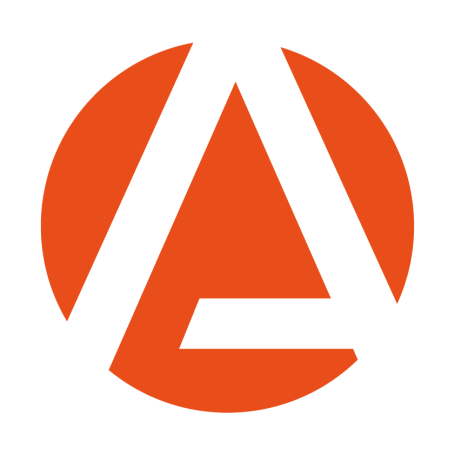How it started
Akriveia began in 2020 following multiple visits to a rail depot with a digital camera, tape measure and a notepad and pen. The amount of time taken to capture sufficient data to be able to develop the engineering upgrades that the project was implementing was significant, and then the 3D modelling required in the office to turn the photographs and manual measurements into something which could be used for developing the upgrades.
Gearing the technology to the Railway
3D scanners are great, but to get the most out of them you need practice and experience. Before launching a Rail 3D scanning service, Akriveia spent months scanning Rolling Stock, understanding how the technology can best be applied to the Railway. The outcome of this period of learning was a number of bespoke tools and processes which ensure that the 3D scan data captured by Akriveia is as easy to use for the customer as possible.
Working with customers
On every single project Akriveia strive to surpass the customer expectations, as a minimum to provide what they need, when they need it and ensure that their project runs as smoothly as possible.
A key part of achieving this is to understand why the customer requires the scan data. Knowing this information will dictate how the scan will be conducted and how the data will be processed and exported.

'The first thing that Akriveia ask the customer is 'what are you trying to achieve' as this will dictate how the project is undertaken. With 3D scanning and reverse engineering a successful outcome is often dependant upon the outcome of the 3D scan, and how it is structured. Akriveia have developed a number of tools and processes which ensure that the needs of the customer are met, or exceeded.'
Mike Baker CEng FIMechE
We need your consent to load the translations
We use a third-party service to translate the website content that may collect data about your activity. Please review the details in the privacy policy and accept the service to view the translations.

